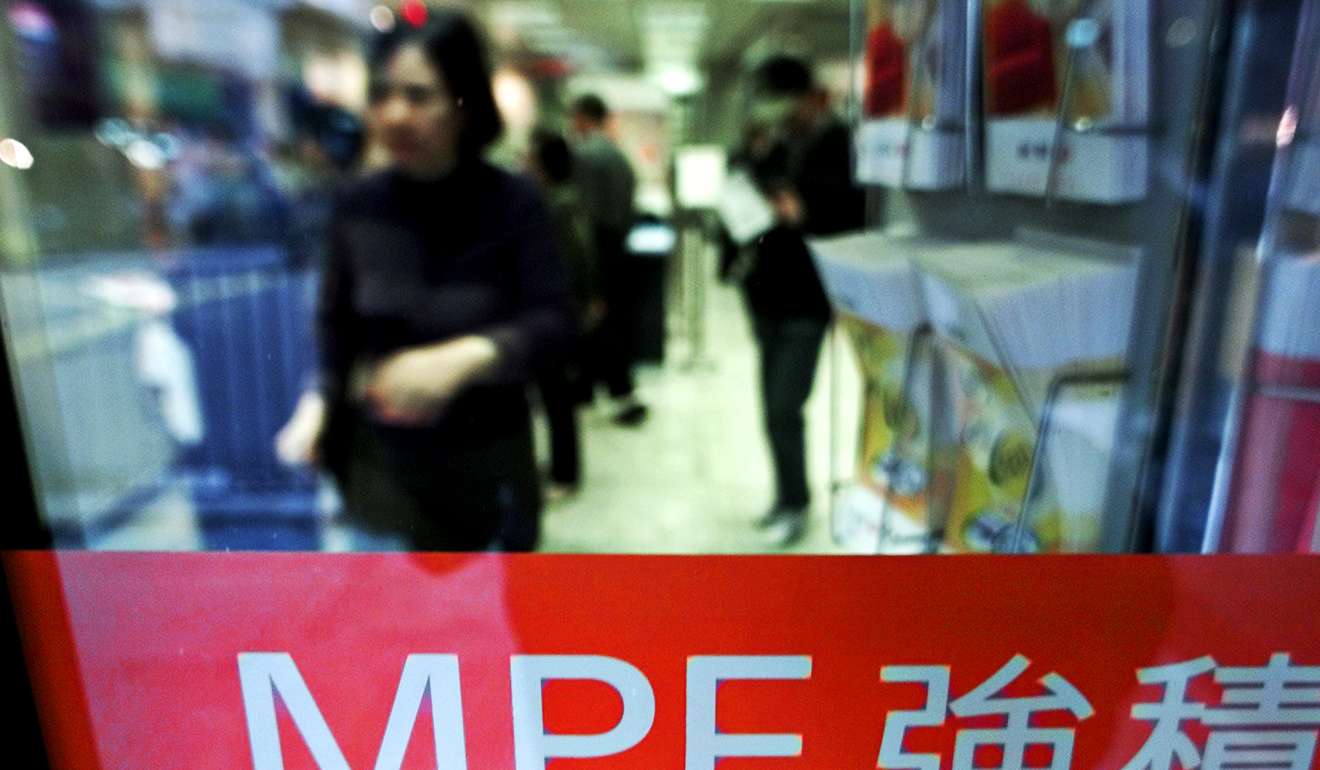
Fund managers want to see MPF invest more in A-shares
Luk Kim-ping, chairman of HKIFA’s pension committee, says allowing the fund to invest in A-shares listed in Shanghai and Shenzhen should be given priority

Hong Kong’s Mandatory Provident Fund (MPF) should be allowed to invest more in A-shares to enhance its longer-term performance, according to the city’s industry body representing investments in the pensions industry.
“There have always been complaints about the MPF charging fees that are too high and that its performance is not good enough,” said Luk Kim-ping, chairman of the pension committee of the Hong Kong Investment Funds Association (HKIFA).
“But, it should be noted that there are a lot of investment restrictions placed on the pension schemes, which have affected its performance.
“The MPF was introduced in 2000 and has been operating for 17 years. The investment regulations of the scheme were made ahead of its introduction. This means these rules are pretty outdated.
“It is time now to review how to relax the regulations to help boost the fund’s performance,” he told the South China Morning Post in an interview.
Among the proposed changes, the HKIFA suggests allowing the MPF to invest in A-shares listed in the stock exchanges of Shanghai and Shenzhen should be given priority.

Currently, the fund cannot invest more than 10 per cent of its assets in stocks of so-called “unrecognised” stock exchanges, or those which are considered too risky. Both the Shanghai and Shenzhen bourses are still classified as such.
“It is true that 20 years ago, the A-share markets in Shanghai and Shenzhen were certainly considered immature. However, nowadays, those two markets are among the biggest in the world and many A-shares have good growth potential,” Luk said.
This limitation for MPF managers to invest in A-shares, he added, has prevented investors enjoying what have in some cases been long-term gains from some strong growth stocks.
“The MPFA should actually remove the Shanghai and Shenzhen exchanges from that ‘unrecognised’ list altogether,” he added.
Luk also said the HKIFA would like to see other investment restrictions removed to allow MPF investment managers to invest, for instance, in high-yield bonds and real-estate investment trust (reits), which are effectively pooled groups of rental properties, that deliver stable incomes to their unit holders.
Luk said the HKIFA has already handed in these and other recommendations for changes to the conditions to the Mandatory Provident Fund Schemes Authority (MPFA) of Hong Kong, and the city’s pension regulator has initially responded positively to the proposals.
“The MPFA appears happy to listen to the views of the investment community for further discussion of how to improve the MPF,” he said.

The Shenzhen Composite Index has lost 3 per cent in the first four months of this year, after falling 15 per cent last year. This came after a rally of 63 per cent in 2015 and up 34 per cent increased in 2014.
“Yes, the A-shares market can be volatile. But not all scheme members would be suitable for these types of riskier investment,” said Kenrick Chung, director of MPF business development at Convoy Financial Services.
“But there should certainly be a lot more investor education and warnings given to investors on the possible risks involved, if the MPFA did relax the rules to allow more MPF funds to invest in A-shares.”
“Yields may not be high, which is why companies need to offer other forms of investment too, to attract investors. These relaxations may well bring higher risks to some employees covered by the scheme, and so any relaxation should be accompanied by measures to safeguard their interests.”
The MPF covers 2.8 million employees and self-employed people. Employers and employees each pay in 5 per cent of their monthly salary, or up to HK$3,000 per month, into the MPF, which then invests the contributions in a range of different funds.
Employees can start earning from their contributions and investments when they retire at 65.